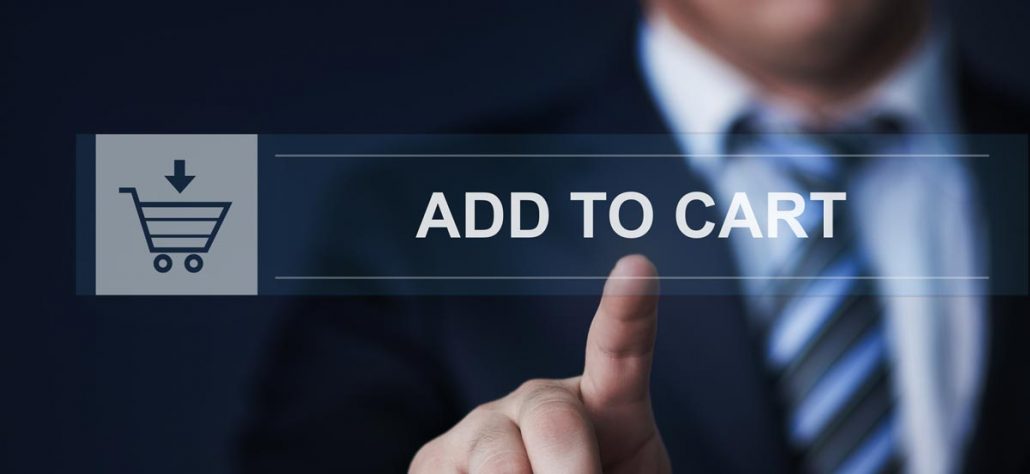What is a Payment Gateway?
The first question most people have is “what is a payment gateway and why do I need one?”. A payment gateway is a system or company (PayPal, Stripe, Authorize.net, etc…) that gives a shopping cart a way to send a credit card number and amount and have that card charged for that amount. The payment gateway then keeps a small fee on each transaction to make money. Keep in mind that if the gateway is charging 3.5% + $0.35 for each transaction, the payment gateway is really only profiting about 2% + $0.25 per transaction, the rest goes to the credit card company (Visa, MasterCard, Discover, American Express, etc…).
Live vs Third Party Gateway?
Have you heard the terms ‘Third Party’ or ‘Live Gateway’? Well what does this mean? Third Party payments refers to the process of a customer finishing their payment on another website (best example is PayPal). This means one more step to lose your customer as they have no responsibility to complete payment once they leave your site. A live gateway means the payment is sent behind the scenes to a payment gateway and the customer is charged (or payment failed) and response sent back to your site directly. This allows a shopping cart to show either a success page or a payment failed page without the customer ever leaving the website.
Payment Gateway Fees
 What about fees? Well this gets complicated. Some payment gateways offer something like?3.5% + $0.35 and no monthly fee, others will show a lower rate like?2.9% + $0.30, but have a setup fee of $49 and a monthly fee of $25. This is pretty standard. One thing they do mention is the additional fees you will pay from time to time. Some will charge a higher rate for Discover cards or American Express to cover the difference in rates being charged to them by the credit card company (some gateways do not do this). Usually this occurs when you are getting a lower base rate. The other thing to remember is that fraudulent charges will happen (sometimes legit, sometimes a customer that just wants something for free or does not want to take the time to return) and when this happens you will lose your inventory that was shipped, charged back the amount paid, and charged a fee of $25-$50. These occurrences are painful for a merchant, but has become part of doing online business. Big thing to remember, credit card companies do not care about the merchant
What about fees? Well this gets complicated. Some payment gateways offer something like?3.5% + $0.35 and no monthly fee, others will show a lower rate like?2.9% + $0.30, but have a setup fee of $49 and a monthly fee of $25. This is pretty standard. One thing they do mention is the additional fees you will pay from time to time. Some will charge a higher rate for Discover cards or American Express to cover the difference in rates being charged to them by the credit card company (some gateways do not do this). Usually this occurs when you are getting a lower base rate. The other thing to remember is that fraudulent charges will happen (sometimes legit, sometimes a customer that just wants something for free or does not want to take the time to return) and when this happens you will lose your inventory that was shipped, charged back the amount paid, and charged a fee of $25-$50. These occurrences are painful for a merchant, but has become part of doing online business. Big thing to remember, credit card companies do not care about the merchant
How Does Currency Conversion Work?
You may have seen the EasyCart option to put a currency conversion widget up on your site? This feature can be thought of as a display method only, it simply attempts to give the user a view in their own currency. Once they get to checkout, ALL payments are processed in the default currency of your payment gateway. Conversion is done later on the customer’s credit card statement.
What am I paying for in all of this?
 Now you are wondering, “What am I paying for here!?”. Well a lot of little pieces is the answer.
Now you are wondering, “What am I paying for here!?”. Well a lot of little pieces is the answer.
First you pay for an ecommerce solution (WP EasyCart for example) and likely this is a yearly fee. This cost is going to the developers of the product to keep their payment connection up to date and maybe even add additional features. This allows you to operate as usual without having to get emails from PayPal or Stripe about their code changes or worry about your customers not being able to pay because of a change with your payment company.
The next fee is to the payment gateway. If you pay per transaction or per month + transaction, you are paying for that company to securely process your payment on their servers. Keep in mind its really expensive to offer payment services legally. They have server standards, upkeep, and tons and tons of testing and redundancy to prevent down time.
The last thing is a chargeback or additional fees. These fees are coming to you from the payment gateway, but really they are just being passed through (plus an added fee) to you from the credit card companies. The rest of the credit card company fees are just built into your transaction fees paid to the payment gateway.
Is PayPal a Third Party or Live Gateway?
PayPal is a payment gateway, yes. It is most known for its ‘Third Party’ system in which the customer goes to PayPal to pay. What most people may not realize is that PayPal ALSO does live payments. You could offer a pay with your card option right there on your site, which is processed by PayPal, while also offering a ‘Pay with PayPal’ option that takes the customer away from your site. This is a great way to do things as some customers are more comfortable with paying on PayPal (a company they trust), others have a grudge against PayPal and would rather pay on your site directly, so if possible, offer both.
PayPal offers A LOT of payment options, which are all the same thing rebranded. This makes your choice of PayPal payment options confusing as a merchant. WP EasyCart offers ‘PayPal Standard’, ‘PayPal Payments Pro’, and ‘PayPal Payflow Pro’, be sure to ask PayPal which is best for your business.


